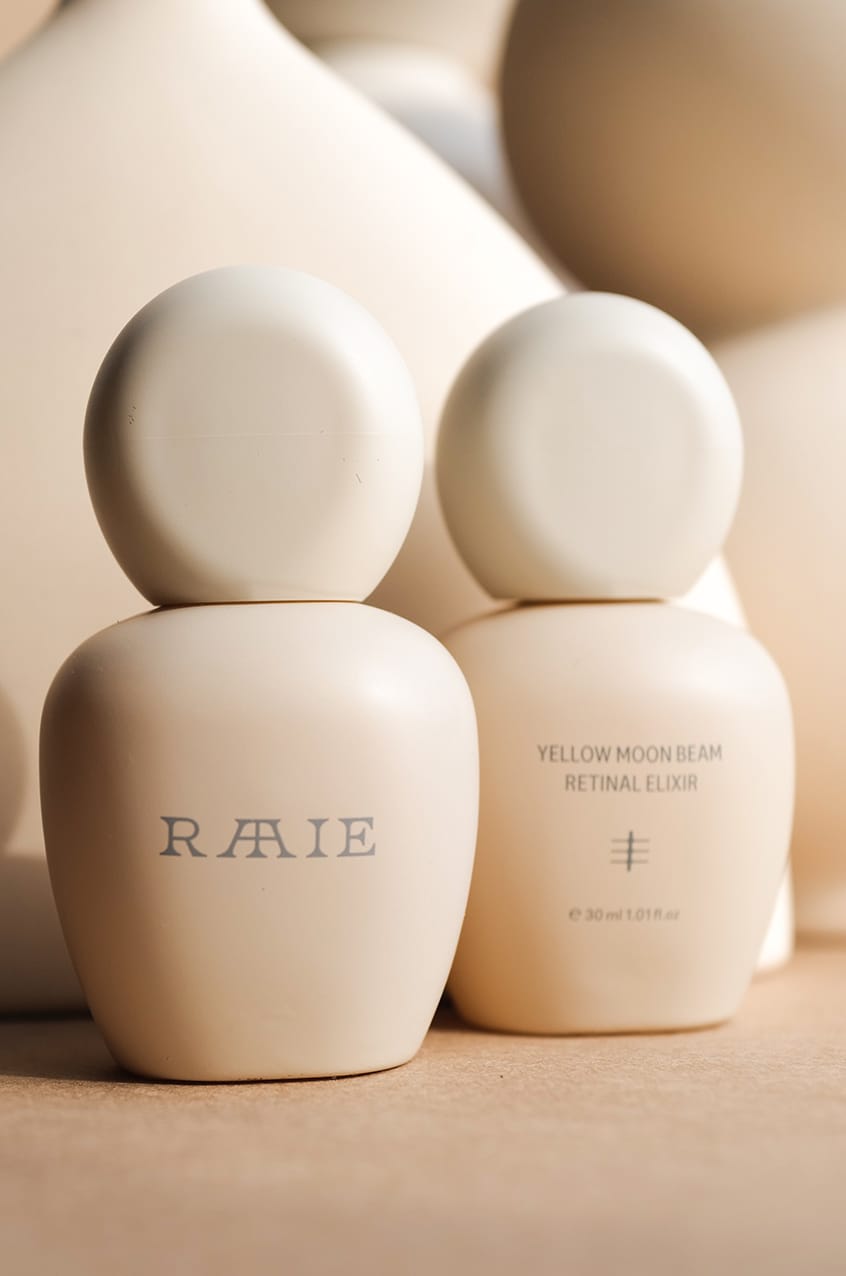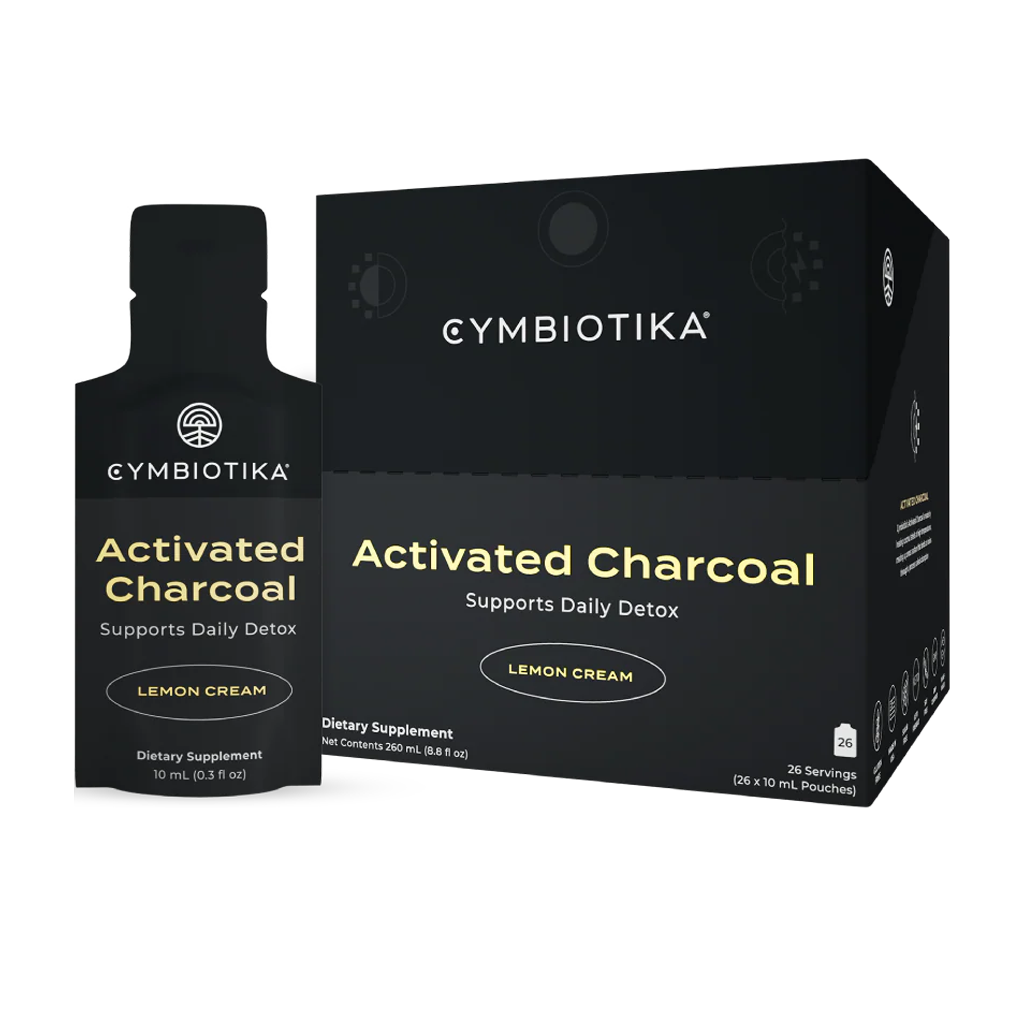Human beings today are exposed to more environmental toxins than ever before. Through the air we breathe, the food we eat, the skin and hair care products we use, our cookware, cleaning products and even our furniture –almost every component of our lives is emitting some kind toxin that can adversely affect our health.

These toxins include heavy metals like mercury, aluminium, cadmium, arsenic and lead. Endocrine-disrupting chemicals like Bisphenol’s-A, S and F, phthalates, parabens, PFC’s, organophosphate and organochlorine pesticides. And even the mould we get exposed to through water-damaged buildings and vehicles releases toxic mycotoxins and volatile organic compounds which we breathe in and ingest!
When our ability to eliminate these toxins lags behind our exposure to them, they get stored in various tissues of our body including adipose (fatty) tissue, our bones and brain. These toxins cause oxidative stress and cellular damage. Toxins also overwhelm the autonomic nervous system, which can impact immune system function, resulting in immune system dysregulation and autoimmunity.
Toxins can mimic and compete with our natural hormones, leading to hormonal imbalances. And they can disrupt the gut microbiome, damage the gut lining and lead to “leaky gut” and food intolerances.
Yet while all this may sound grim and scary, there are plenty of solutions and ways we can mitigate or eliminate the effect of toxins on our health.

Steps you can take
The first step in preventing toxic overload is to reduce our exposure to toxins (have a look at our Where Toxins Hide journal post to learn ways of reducing your exposure to toxins).
The second step is to help our bodies eliminate these toxins by ensuring that our drainage pathways – the liver, kidneys, skin and bowel – are functioning optimally. This is where toxin binders come in.
What are toxin binders?
Binders work by either trapping toxins or attracting them with their negative charge. Different binders work better on different toxins, so using blends which include a number of binding substances is a great way to cover a range of toxins. In the next section we explore a number of different natural binders, what they are made of and how they work.
Activated charcoal is a form of carbon that is made from the charcoal of coconut husks, peat or wood. This charcoal is ‘activated’ by heating it to a high temperature, to create small, low-volume pores in its structure. These internal pores are able to trap toxins (a process known as adsorption) and remove them from the body, preventing these toxins from being re-absorbed back into circulation. Activated charcoal is a broad-spectrum binder that binds strongly to molecules with a positive charge, including a wide range of toxins, aflatoxin and other polar mycotoxins and inflammatory molecules. Activated charcoal can also bind to vitamins and minerals, so it should be spaced out from meals, supplements and medications.
Chlorella is a blue-green algae that is loaded with B vitamins, minerals (in particular iron), fatty acids and amino acids. It is a popular supplement due to both its nutritional value and natural chelating properties. Chlorella is particularly effective against heavy metals, such as cadmium and lead. It binds to mycotoxins, pesticides, herbicides and volatile organic compounds (VOC’s). Chlorella also helps remove radioactive metals after exposure from radiation therapy or a nuclear accident. The great thing about chlorella is that it has anti-inflammatory properties and is high in antioxidants, which reduce free-radical induced damage caused by toxins. It also selectively binds to toxins and not vitamins and minerals, so can be taken alongside meals and supplements with no risk of nutrient loss. Note that some practitioners recommend taking it away from food for more effective detoxification.
Bentonite Clay, also known as Montmorillonite clay, is an absorbent form of volcanic ash. Named after Fort Benton, an area in Wyoming where its largest sources are located, Bentonite clay can be used both internally or added to baths to help draw out toxins. When Bentonite clay is added to water, it has a negative charge that attracts heavy metals, pesticides, herbicides, VOC’s, bacteria and viruses. It also has a strong binding affinity for vitamins, minerals and medications so it should be taken away from food, supplements and medications. The other crucial consideration is sourcing bentonite clay from reputable sources where the quality is high and there are adequate silica molecules within the clay to bind the aluminium naturally found in Bentonite clay – preventing it from being released into your body.
Zeolite is a form of clay or volcanic ash that has a cage-like crystalline structure that traps molecules with a positive or neutral charge in the gut. It binds well with histamine and heavy metals (mercury, lead and cadmium), and studies have shown that it is the most effective binder for ridding the body of mould mycotoxins. Similarly to Bentonite clay, it is important that Zeolite is sourced from a high quality and reputable supplier to avoid aluminium contamination, and it needs to be spaced out from food, supplements and medications.
Pectin is found in many plants, including citrus fruits, pear and apple. It is a soluble polysaccharide that makes up the cell walls of plants. And provides mechanical strength and structural integrity as well as forming a barrier against the external environment. In citrus fruit, pectin is found in the spongy pulp of the peels. This pectin is modified so that it has shorter carbohydrate chains and a lower molecular weight, allowing it to be absorbed. And when mixed with water, it becomes a gelatinous substance that binds to bile acids and toxins attached to those bile acids in the gut, aiding their removal from the body. Modified citrus pectin can be taken with foods and supplements, as it specifically binds to toxins, especially heavy metals like lead. It has some other benefits including alleviating IBS symptoms, preventing the proliferation of cancer cells, normalising cholesterol levels and improving cognition!
Humic and fulvic acids are naturally found in humus - the dark, rich, organic decaying plant and animal matter that forms a part of soil. Humic acids are a group of molecules that bind to plants and help them receive water and nutrients. Fulvic acids are smaller molecules with a low molecular weight that help shuttle nutrients across plant cell membranes. Humic and fulvic acids are rich in bioavailable minerals and have a chemical structure that aids the elimination of toxins, including heavy metals like lead and cadmium, organic toxins like benzo(a)pyrene and even the toxic pesticide glyphosate! With these compounds naturally found in nutrient-rich soils, pre-industrialisation, we would have naturally consumed these chelating agents by eating produce grown in these soils. However due to intensive industrial crop production, soils are depleted in these essential compounds and we are gaining less of their detoxifying benefits, signalling the importance of soil quality and sustainable agriculture practices.
Don’t despair
No matter what binders you choose to take, the most important point to note is that they are all easily available and accessible. The ultimate goal should be to remove yourself from a toxic environment, eliminating your exposure to toxins in the first place. However, removing yourself from a toxic home or workspace can be notoriously difficult and slow – often taking weeks or months.
Binders are an easy, interim solution to help you manage and protect you from toxic overload. FOllow the link below to listen to our podcast episode Where Toxins Hide ~ A guide to Low-tox Living with Shaz Andrew, to learn more about the changes you can make in the battle against environmental toxins!







